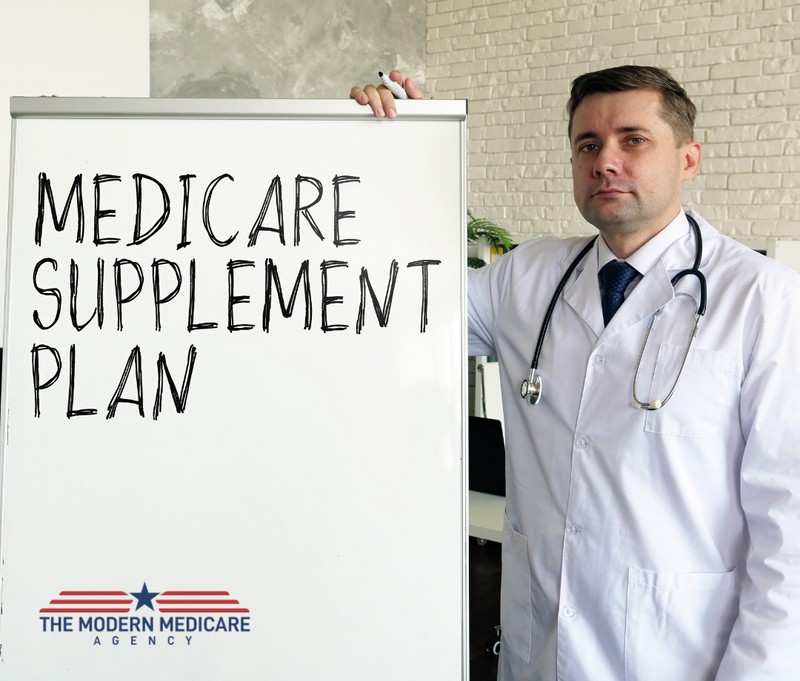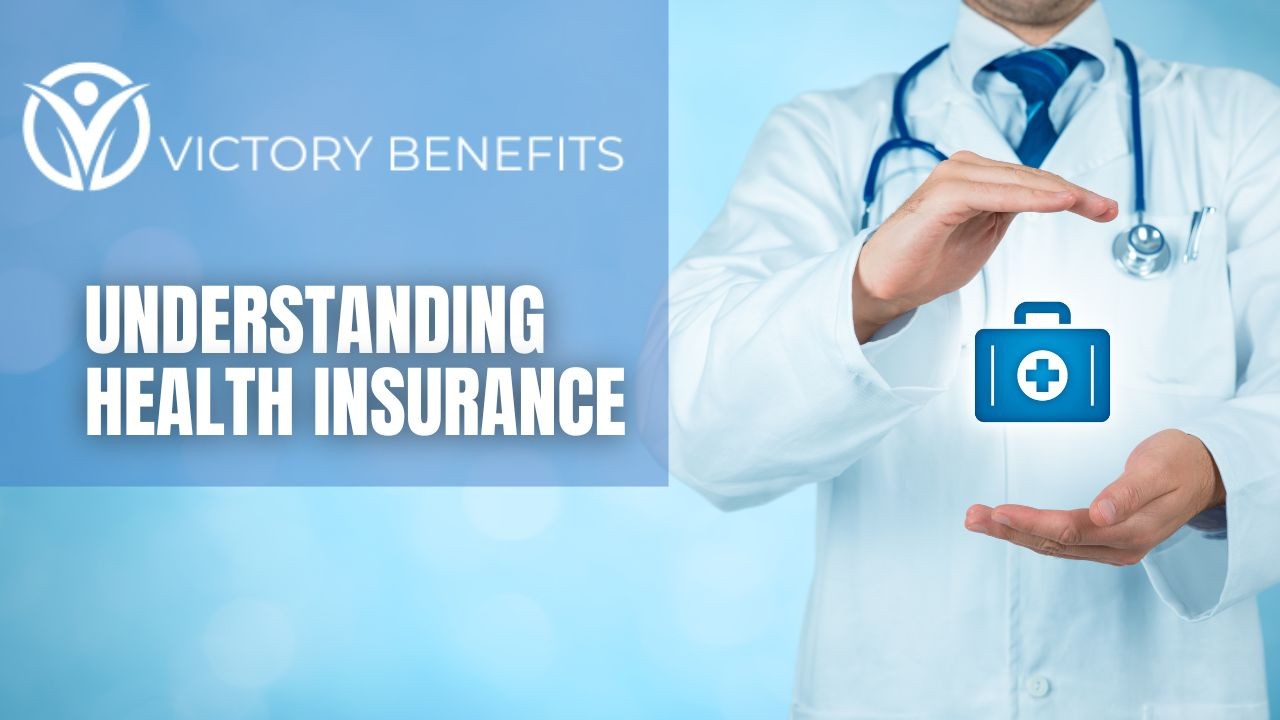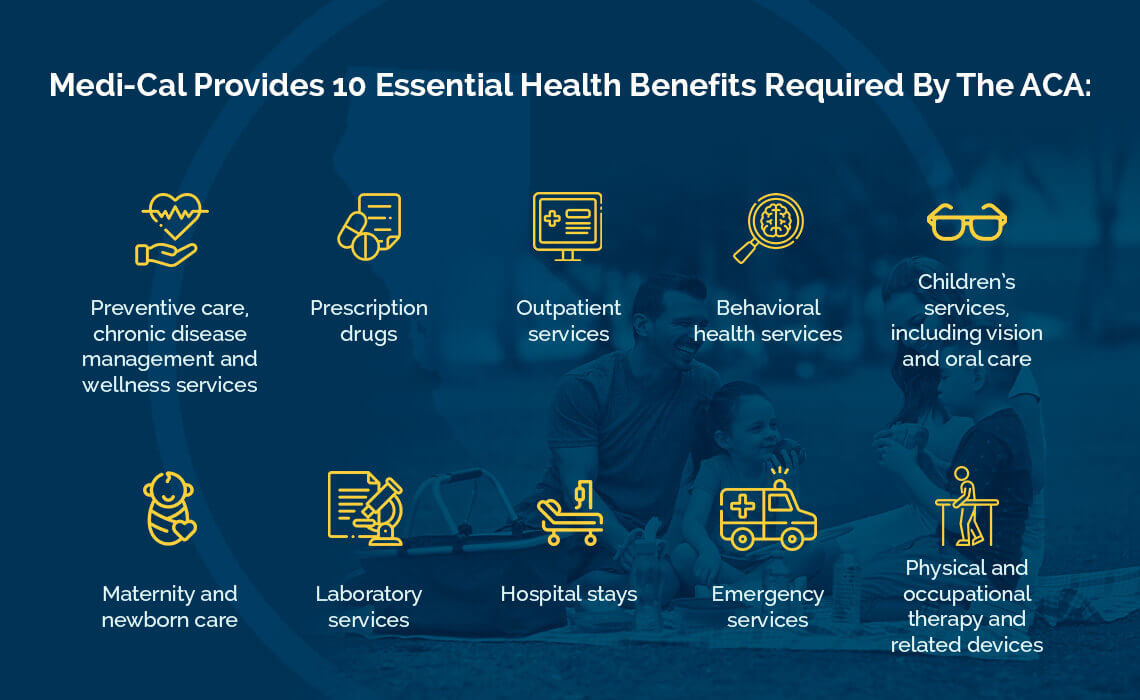The Greatest Guide To Medicare Advantage Agent
Table of ContentsMedicare Advantage Agent Things To Know Before You Get This4 Easy Facts About Medicare Advantage Agent DescribedSome Of Medicare Advantage Agent


follows from adheres to the perplexing young age profile of the uninsured with without insurance better healthFar better on average, of younger persons. For those without access to workplace health and wellness insurance policy, poor wellness is a potential barrier to acquiring nongroup protection since such protection might be extremely priced, exclude preexisting conditions, or be simply unavailable. Unless or else kept in mind, nationwide quotes of people without health insurance coverage and proportions of the populace with different kinds of protection are based on the CPS, the most widely used source of estimates of insurance policy coverage and uninsurance rates.

Medicare Advantage Agent Fundamentals Explained
Over a three-year duration beginning early in 1993, 72 million people, 29 percent of the U.S. population, lacked protection for at least one month. Within a single year(1994), 53 million individuals experienced at the very least a month without protection(Bennefield, 1998a). Six out of every 10 without insurance adults are themselves used. Although working does enhance the probability that and one's family participants will have insurance, it is not a warranty. Even members of family members with 2 full-time wage earners have nearly a one-in-ten chance of being without insurance (9.1 percent uninsured rate)(Hoffman and Pohl, 2000 ). The partnership between health and wellness insurance coverage and access to care is well established, as recorded later on in this chapter. Although the partnership in between health and wellness insurance coverage and health results is neither straight neither simple, a considerable scientific and health and wellness solutions research literary works links medical insurance coverage
to enhanced access to care, better high quality, and enhanced individual and population health condition. The 2nd report, on personal wellness end results for without insurance grownups, is represented by the innermost circle of the number, while the 3rd report, on family members health, incorporates the subjects of the second report but stresses a various system of analysis, namely, the family. The 6th record in the series will offer details about strategies and campaigns taken on in your area, statewide, or nationally to address the absence of insurance policy and its negative influences. Degrees of analysis for examining the effects of uninsurance. This conversation of medical insurance protection focuses primarily on the united state population under age 65 since essentially all Americans 65 and older have Medicare or various other public protection.
It concentrates especially on those without any health and wellness insurance for any length of time. The troubles encountered by the underinsured remain in some areas similar to those encountered by the without insurance, although they are typically much less serious. Uninsurance and underinsurance, nonetheless, involve noticeably various policy problems, and the strategies for addressing them may differ. Throughout this study and the 5 records to comply with, the primary emphasis is on persons with no health and wellness insurance policy and hence no aid in paying for healthcare beyond what is available through charity and safeguard establishments. Medical insurance is an effective factor affecting receipt of treatment since both clients and doctors react to the out-of-pocket price of solutions. Medical insurance, however, is neither required neither adequate to access to clinical services. However, the independent and straight effect of wellness
insurance coverage on accessibility to health and wellness services is well developed. Others will get the wellness care they require even without medical insurance, by paying for it out of pocket or seeking it from service providers who supply care totally free or at very subsidized prices. For still others, health and wellness insurance alone does not make sure receipt of treatment as a result of various other nonfinancial barriers, such as an absence of health treatment providers in their area, limited accessibility to transportation, illiteracy, or linguistic and social differences. Official study regarding without insurance populations in the USA dates to the late 1920s and early 1930s when the Board on the Cost of Healthcare produced a series of records concerning funding medical professional office check outs and hospitalizations. This issue became significant as the varieties of medically indigent climbed throughout the Great Clinical depression. Empirical researches constantly support the web link in between access to care you can try this out and improved wellness outcomes(Bindman et al., 1995; Starfield, 1995 ). Having a normal source of treatment can be thought about a forecaster of access, rather than a direct step of it, when health end results are themselves made use of as gain access to signs. This extension of the notion of gain access to dimension was made by the IOM Committee on Checking Accessibility to Personal Healthcare Provider(Millman, 1993, p. Whether or not parents are guaranteed shows up to affect whether their youngsters obtain treatment in addition to just how much careeven if the kids themselves have coverage(Hanson, 1998). The health and wellness of moms and dads read this post here can affect their capability to take care of their youngsters and the degree of family members stress and anxiety. Fretting about their kids's access to care is itself a resource of stress and anxiety for moms and dads. 3 phases follow in this report. Phase 2 supplies a summary of exactly how employment-based wellness insurance policy, public programs and private insurance coverage run and connect to offer extensive yet insufficient protection of the U.S. population. This consists of a review of historical patterns and public laws impacting both public and private insurance policy, a discussion of the interactions among the different kinds of insurance policy, and an examination of why people move from one program to an additional or finish up
